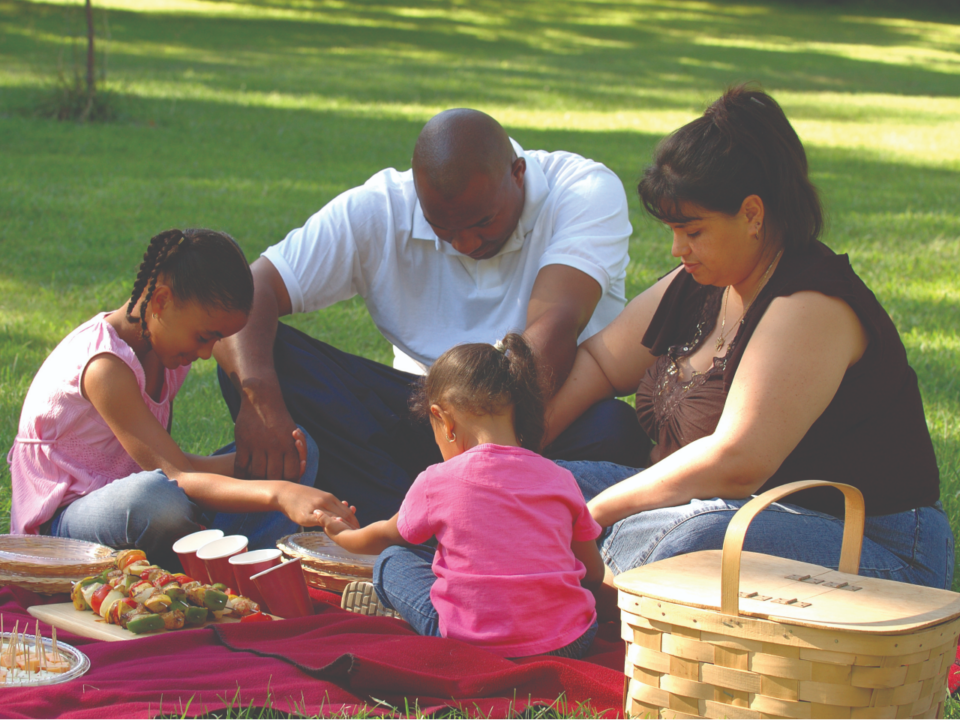When we practice gratitude, we recognize the positive things in our lives and the people who play an essential role in them. By expressing thanks through words and/or gestures, we are likely to experience many benefits. Gratitude is associated with feelings such as optimism, joy,
pleasure, and generosity. It has even been linked to overall well-being, from a strengthened immune system to healthy sleep patterns. For children, gratitude is something that needs to be learned and practiced every day.
The holidays are a great time to begin teaching this important character trait because there are many ways you and your family can teach and practice gratitude. The activities can be done throughout the year to impact your family, immediate neighborhood, and the greater community. A dinner ritual can be family members sharing one great thing about their day. If you want to do more in your community, consider volunteering or organizing an event such as a neighborhood cleanup day or a toy donation drive. You and your child can think even bigger to help your overall community through volunteering at an animal rescue. They could always use a helping hand to improve the community and give love to animals.
Gratitude goes beyond having good manners, even though they are important. Parents can help teach it by asking “notice-think-feel-do” questions. Notice questions are designed to help children appreciate thoughtful gifts and gestures. For example, “Did you notice that the new pajamas from your aunt have your favorite character on them?” Think questions encourage children to consider why they have received something: “Do you think she wanted you to have these pajamas for your birthday, or did you do something special to deserve them?” Feel questions identify the feelings associated with a gift or gesture: “How does this gift from your aunt make you feel?” Do questions are a way to elicit a response: “What can you do to show your aunt how much you like these pajamas?” Even if your child cannot answer all these questions, it is good practice as they learn gratitude and appreciation over time.
These strategies are great for teaching gratitude when coupled with modeling. Children, even infants, mimic what their parents and caregivers do. A toddler watching their parents care for another child will often mimic that behavior while playing with a doll or helping a younger sibling. You can talk about a positive part of your day or help in your neighborhood and the greater community, making sure that you explain why you are doing something. Asking those “notice- think-feel-do” questions when your child does something for you can help them connect their actions and how they positively impacted you. It also teaches them gratitude language.
The earlier you start instilling this character trait, the more likely your child will live a life of gratitude. Teaching character traits like gratitude takes time and effort, but it is well worth it. Make this holiday season full of gratitude. Happy Giving!


